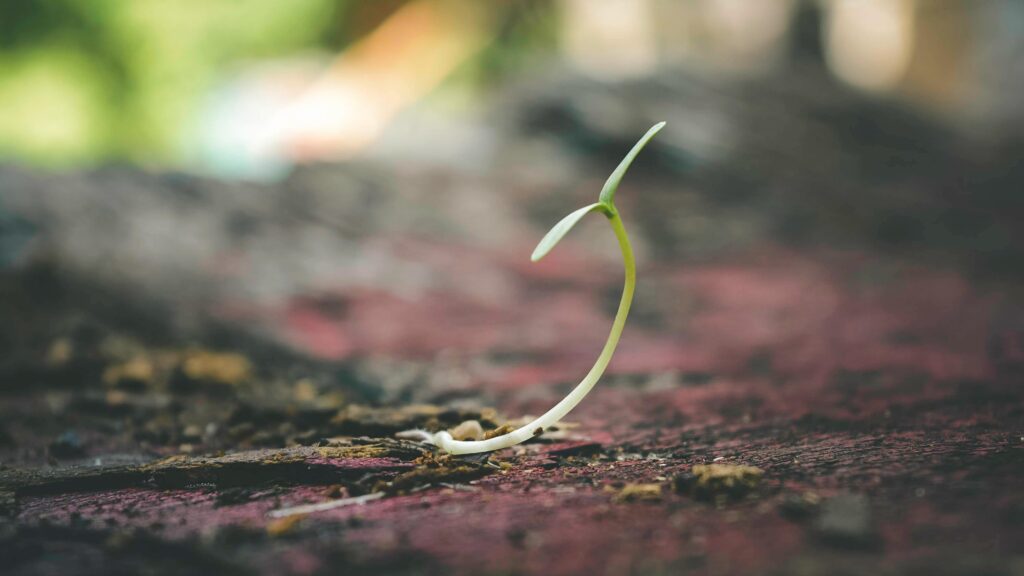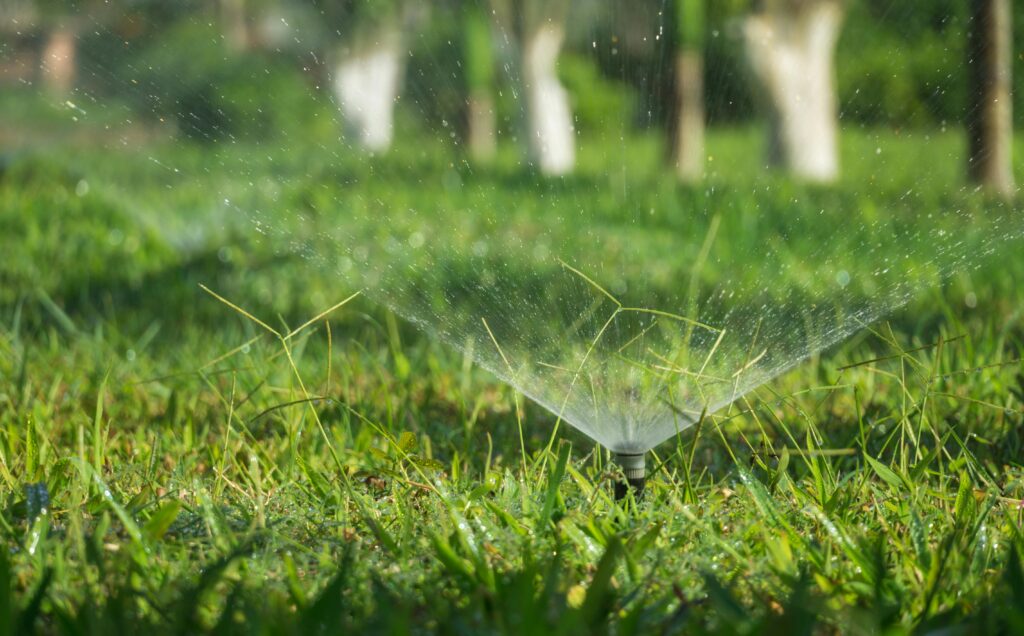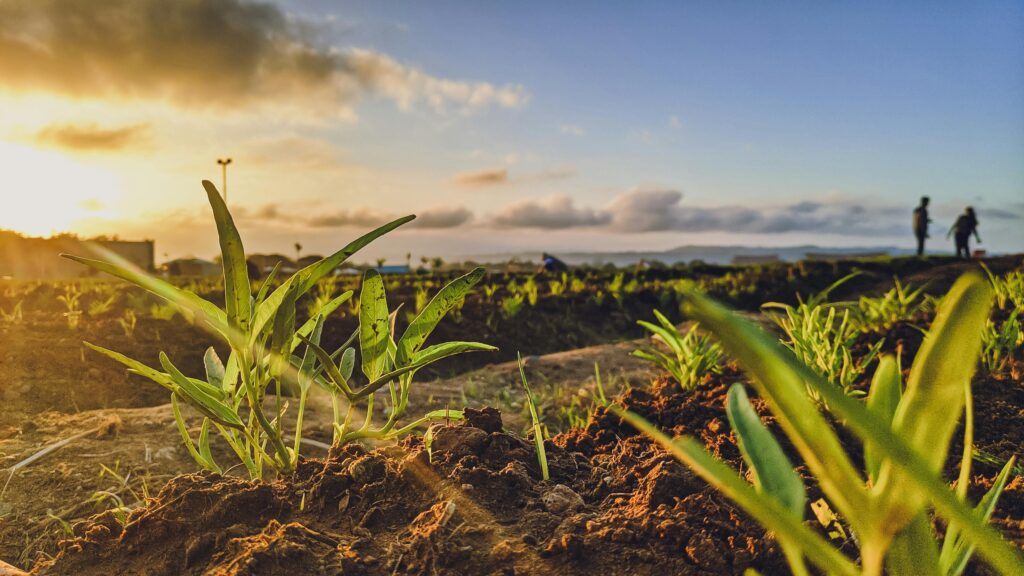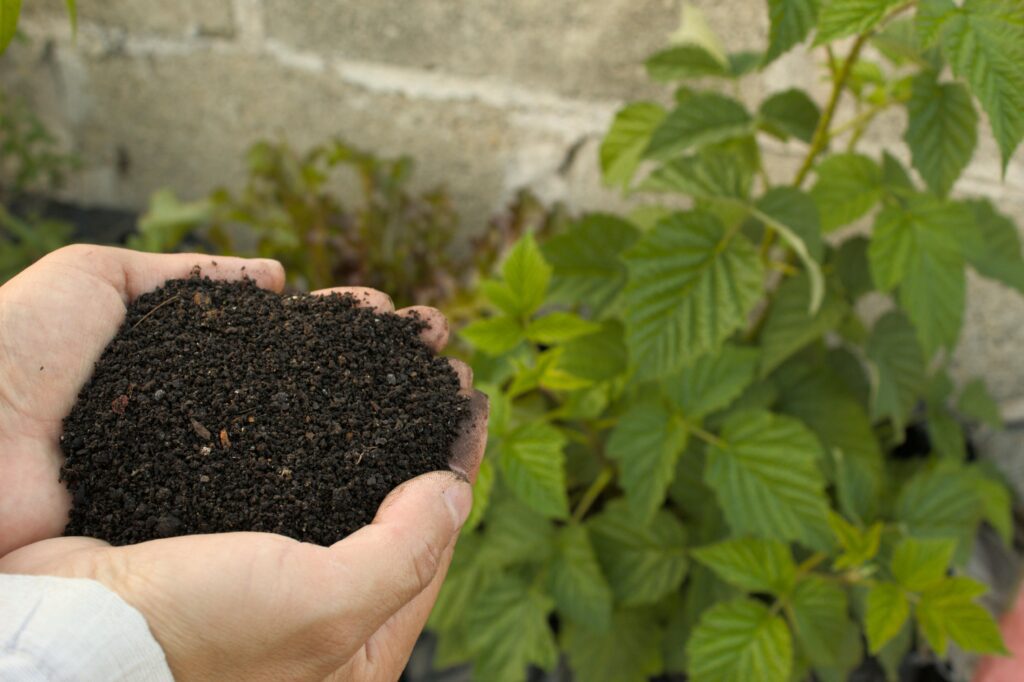Table of Contents
Introduction
Grasping the Significance of Soil Moisture in Contemporary Agriculture
Water is the backbone of agriculture, yet utilizing it effectively has been a continuous problem for farmers, horticulturists, and researchers. Excessive irrigation can cause waterlogging, nutrient depletion, and crop destruction, whereas inadequate water availability leads to reduced growth and low yields.
It’s here that the soil moisture sensor comes in handy. It makes it possible for farmers and researchers to make informed decisions about irrigation scheduling, crop health, and soil management by measuring soil water content accurately.
The use of sensor technology in agriculture is not a new trend—it’s fast becoming a requirement for sustainable agriculture.
Role of Soil Moisture Sensor Arduino in Smart Agriculture
Among different tools, the pairing of a soil moisture sensor Arduino has become very popular. Arduino is an open-source microcontroller platform that offers flexibility, cost-effectiveness, and compatibility with a range of sensors.
When paired with a soil moisture sensor, it forms a highly efficient and elementary system that tracks soil status in real time. These configurations allow farmers to automate irrigation, save water, and increase crop output.

Additionally, application of an Arduino sensor system is not reserved for huge farms—it can equally be useful to small farmers, gardening in home gardens, and in school projects.
Why This Blog Matters
In this comprehensive blog, we are going to delve into the 5 productive uses of soil moisture sensors and how combining them with Arduino technology has the potential to transform how we handle soil and water.
From simple monitoring to sophisticated automation systems, these uses demonstrate how technology is transforming agriculture. We will also examine benefits, challenges, and real-world advice for successful implementation.
By the time you finish, you’ll not only know how a soil moisture sensor works but also how to implement it successfully with Arduino for real-world outcomes.
Benefits of Soil Moisture Sensors
Improving Irrigation Efficiency
One of the most useful benefits of a soil moisture sensor is that it makes irrigation more efficient. Historically, farmers have used guesswork or set schedules to irrigate their crops, with the potential for either overwatering or underwatering.
With a soil sensor, there is real-time information on the water level in soil, and thus irrigation only occurs when necessary. This not only conserves water but also averts issues such as root rot and nutrient leaching.
When interfaced with a soil moisture sensor Arduino system, irrigation can be automated, with pumps turning on and off according to soil condition. This integration turns farming intelligent, economical, and sustainable.
Enhancing Crop Health and Yield
Healthy crops need the appropriate amount of water at various growth phases. Farmers and scientists can hold this balance more precisely than ever using a soil moisture sensor. Regular monitoring avoids drought stress as well as waterlogging, yielding ideal growing conditions.
For instance, for crops such as rice and wheat, it is important to keep certain levels of soil moisture for achieving maximum yield. With the incorporation of an Arduino sensor, farmers can continuously check these levels and modify the method of irrigation accordingly.

This results in healthier crops, even growth, and better-quality harvests without wastage of water unnecessarily.
Aiding Sustainable Agriculture
In the present era, sustainability is essential. Groundwater over-extraction and improper use of irrigation resources have stressed ecosystems. A soil moisture sensor resolves these issues by utilizing water wisely.
Coupled with a soil moisture sensor Arduino setup, farmers are able to construct automated systems that save on manual labor while saving resources. The technology supports green practices such as precision irrigation, which not only saves water but also minimizes energy consumption for pumping.
The outcome is a more sustainable agricultural system that meets productivity while being environmentally conscious.
Savings on Farming Costs
A second utilitarian advantage of employing a soil moisture sensor is cost-saving on farming operations. Electricity and water are two big expenses in farming. Farmers save on both electricity consumption for pumping systems as well as water used by not irrigating unnecessarily.
Using a low-cost Arduino sensor system to integrate the sensor minimizes costs, as Arduino boards are cheap and simple to install.
This union brings long-term cost savings, making contemporary farming economical not just for large farms but also for small-scale farmers and home gardeners who are willing to do this without making large investments.
Methods of Utilizing Soil Moisture Sensor & Arduino Integration
How Does a Soil Moisture Sensor Work
Fundamentally, a soil moisture sensor is an instrument that gauges the volumetric water content available in the soil. The most common type of sensor uses two probes inserted into the soil to detect resistance. Since water conducts electricity, wet soil will have lower resistance compared to dry soil.
This data is then converted into measurable values that indicate how much water is available for plant roots. By continuously monitoring these readings, farmers can decide the best time to irrigate. The simplicity of this mechanism makes it affordable, reliable, and versatile for various farming applications.
Role of Arduino in Sensor Integration
The second step towards modernizing this setup is to integrate it with a soil moisture sensor Arduino system. Arduino is an open-source microcontroller platform that is easy to use and versatile.
When plugged into an Arduino board, the data can be read and processed, displayed on a screen, and even utilized to automatically control irrigation equipment. As an example, the Arduino can be configured to activate a water pump when soil moisture levels drop below a certain level.

The fact that these settings can be tailored gives Arduino integration much worth in farms, research centers, schools, and even gardens. Flexibility of an Arduino sensor arrangement makes it possible to scale up or down depending on the needs of the user.
Step-by-Step Instructions for Beginners
For starters, installing a soil moisture sensor Arduino project is easy. To start with, place the sensor probes in the soil where you need to monitor moisture levels. Then, connect the output pins of the sensor to the Arduino board.
The sensor sends analog signals to the Arduino, which can be translated into digital values through in-built library codes. As soon as the system is turned on, these values can be read from a serial monitor, an LCD display, or even sent wirelessly to a mobile application.
Using a straightforward relay module, the Arduino is also capable of operating a water pump, which would make irrigation automatic. This is just a demonstration of how a simple Arduino sensor project can be developed into a smart irrigation system.
Advanced Applications and Wireless Connectivity
A soil moisture sensor may be utilized with more advanced Arduino configurations featuring Wi-Fi or Bluetooth modules. Adding an ESP8266 or ESP32 board, for instance, is an example of how data can be sent to cloud platforms where it is stored, processed, and displayed in real-time.
Soil conditions can be checked by farmers on their smartphones, they can receive alerts, and make decisions on time without the need to be physically present in the field.
Additionally, with sophisticated coding, several Arduino sensors can be interfaced in various zones of a farm to develop a comprehensive soil mapping system. Such innovations demonstrate the way technology can revolutionize simple tools into an instrument of power for precision agriculture.
Challenges of Using Soil Moisture Sensors
Accuracy Issues in Different Soil Types
One of the most important issues with the use of a soil moisture sensor is ensuring consistency in measurement across different soils. The sensors tend to provide accurate readings in sandy soil but give variable results in clay or stony soils due to conductivity differences.
Farmers can sometimes be confused in interpreting such data. For example, a dryness reading on soil moisture in one of the fields may not be the same for another because of varying soil texture. As helpful as calibration is, it takes time and technical knowledge, which not everyone on the farm may have.
This makes soil-specific adjustments one of the challenges of broad adoption.
Cost and Accessibility Issues
Even though a soil moisture sensor Arduino system is quite inexpensive relative to other advanced equipment, it is still a barrier for small-scale farmers in the developing world.
Certain top-of-the-line sensors with wireless connectivity and high precision can be costly, limiting their access to resource-constrained individuals.
Also, although Arduino boards are inexpensive, farmers might require additional components such as relays, Wi-Fi modules, and power systems that contribute to the overall expense.
Closing this affordability gap is essential for making sensor technology accessible to both large-scale farms and smallholders on equal grounds.
Technical Knowledge and Learning Curve
Applying a soil moisture sensor effectively demands at least some technical skill. Farmers must learn how to attach the sensor to an Arduino sensor system, upload software, and read data. Although tutorials and instructions are readily available, not all farmers have the time or level of literacy required to access them.
Therefore, some farmers become reliant on technicians for initialization and maintenance, adding long-term expense. This issue highlights the importance of user-friendly designs and plug-and-play products that make adoption easy.
Maintenance and Durability Problems
There is also a practical problem that is sensor maintenance. Owing to the fact that a soil moisture sensor is exposed to water, soil, and weather conditions all the time, it tends to wear out over time. Corrosion of probes, pest damage, or adverse weather conditions may shorten its lifespan.
For system applications involving the use of a soil moisture sensor Arduino integration, frequent calibration and replacement might be required to ensure that the setup remains efficient.
For rural farmers, obtaining replacements or mending damaged parts may not be easy, which hinders adoption rates. Improvements in durability are needed for long-term use.
Data Misinterpretation and Over-Reliance
Lastly, an often underestimated challenge is data interpretation. A soil moisture sensor gives useful numbers, but with no correct understanding, users may misread results and make wrong decisions. Irrigating too early or too late based on wrong reads, for instance, can destroy crops.

Excessive dependence on automation without verification of soil or plant health through manual checkup may also result in misjudgments. Though a soil moisture sensor Arduino system is capable, it must always be used as an assistive device and never as the exclusive decision-maker for farming operations.
Farmers need to keep data-driven information alongside useful experience from the field in order to operate at their best.
Solutions & Best Practices for Using Soil Moisture Sensors
Calibration for Accurate Readings
In order to overcome the accuracy problems, it is necessary to calibrate a soil moisture sensor to the particular soil type. Calibration means comparing sensor values with actual soil water content as determined manually or through a standard procedure such as gravimetric analysis.
Once the relationship is known, the sensor will be able to deliver more accurate measurements specific to that field.
By combining with a soil moisture sensor Arduino system, it’s possible to program calibration data into the Arduino code so that automated irrigation thresholds can be mirrored according to real soil conditions.
This is a practice that guarantees uniform irrigation management and optimal crop productivity.
Cheap DIY Arduino Solutions
The cost constraint can be met through do-it-yourself (DIY) arrangements with an Arduino sensor and inexpensive probes. Farmers can construct a simple soil moisture monitoring system using local components at low cost while achieving the advantage of real-time monitoring.
For instance, several sensors can be wired to a common Arduino board to monitor various zones in a field. It is also simple to construct effective irrigation control systems through open-source Arduino libraries and internet tutorials at low cost without having to spend money on expensive commercial packages.
Such DIY methods open up access to technology for small and medium-sized farmers.
Making Technical Use Easier
Making technical use of a soil moisture sensor Arduino system more accessible fosters greater adoption. Plug-and-play Arduino boards with pre-loaded connections to sensors, along with easy-to-follow instructions, can make it easier.
Visual feedback in the form of LEDs or LCD displays linked to an Arduino sensor system makes it easier for farmers to grasp soil conditions without having to master technical intricacies.
Workshops, video tutorials, and support groups serve to help farmers learn the system as well, closing the technology-to-practical-application gap.
Maintenance and Durability Tips
Regular maintenance prolongs the life of a soil moisture sensor and guarantees accurate performance. Farmers must clean the probes of sensors at regular intervals to avoid corrosion, check wires and connections in Arduino systems, and keep unused sensors in dry storage.

Employing waterproof enclosures for Arduino boards and sensors that are subject to rough weather can help guard against damage. Adhering to these best practices minimizes downtime, prevents data errors, and ensures the system works well over several growing seasons.
Merging Data with Real-World Insights
Last but not least, integrating sensor information with real-time field observations results in the highest possible outcomes. Although a soil moisture sensor Arduino system offers automated reading, farmers must also check for plant health, soil coloration, and weather.
The integration of an Arduino sensor with data loggers can provide historical information, allowing trends to be seen and refinement of irrigation schedules to be made in the long term.
This will help ensure that technology enhances hands-on experience, resulting in increased crop yields, water efficiency, and sustainable farming.
FAQs Regarding Soil Moisture Sensors
1. What is a soil moisture sensor and how does it function?
A soil moisture sensor is a sensor used to determine the water content of soil. It typically comprises two probes buried in the ground that sense resistance or changes in capacitance based on soil moisture conditions.
When joined with a soil moisture sensor Arduino, the data can be calculated in real time to track soil conditions or trigger irrigation autocontrol.
With an Arduino sensor system, these readings can be displayed on LCD displays, transferred to cell phone applications, or recorded for data evaluation so that farmers can make better decisions.
2. How do I connect a soil moisture sensor to Arduino?
It is easy to integrate a soil moisture sensor Arduino system. Connect first the sensor probes to an Arduino board’s analog pins. With simple code libraries, the Arduino interprets the analog signals, converts them to digital values, and drives outputs like LEDs or water pumps.
For large setups, several Arduino sensors can be daisy-chained for monitoring various zones of a farm. This setup allows automated irrigation based on real-time soil moisture data, reducing manual effort and saving water while ensuring crops receive optimal hydration.
3. Can a soil moisture sensor be used in all soil types?
Yes, but with calibration. A soil moisture sensor works best when calibrated according to the soil type, as conductivity varies between sandy, clayey, or loamy soils. By calibrating the sensor, the results become actionable and more accurate.
With a soil moisture sensor Arduino configuration, the calibration values can be coded to streamline irrigation thresholds automatically.
Sophisticated Arduino sensor systems further enable logging of soil data over time, which allows farmers to update watering schedules based on seasonal or soil-specific changes.
4. What are the advantages of implementing a soil moisture sensor Arduino system?
Soil moisture sensor Arduino system has various advantages. It maximizes irrigation efficiency by using water when required, boosts crop health, lowers water and energy expenditures, and is favorable for sustainable agriculture.
With the use of an Arduino sensor, automation, data logging, and real-time monitoring are possible, ensuring accurate water management in fields of all sizes.
This technology is especially beneficial to small farmers, educational endeavors, and research, as it offers an affordable solution without sacrificing precision or effectiveness.
5. How do I properly maintain a soil moisture sensor for long-term use?
Proper maintenance is crucial for a soil moisture sensor to last in the long term. The probes must be cleaned frequently, corrosion checked, and wires inspected. For Arduino-based soil moisture sensor systems, shielding the Arduino board and sensors from water and extreme weather extends their lifespan.
With an Arduino sensor casing or housing, damage can be avoided, while calibration at regular intervals provides precision. Through the integration of proper care with intelligent use, farmers get uninterrupted, reliable soil moisture monitoring annually.
Conclusion
Summarizing the Power of Soil Moisture Sensors
In contemporary farming, a soil moisture sensor is not merely an instrument—it’s a key smart farming tool. By precisely monitoring water content within the soil, it enables farmers, gardeners, and researchers to make knowledgeable choices that enhance crop well-being, maximize water use, and increase yields.
Combining this sensor with a soil moisture Arduino system elevates its functions to the next level by making it possible to automate, monitor in real time, and manage irrigation based on data.
When coupled with an Arduino sensor, these configurations can be tailored to any size farm, ranging from a small home garden to a vast agricultural field.
Facilitating Practical Adoption
The real-world applications of a soil moisture sensor are extensive. From improving irrigation efficiency to enabling sustainable agriculture, saving costs, and streamlining farm management, the advantages are apparent.
With basic Arduino sensor integration skills, farmers and hobbyists can design inexpensive, efficient, and scalable monitoring systems. This not only eliminates reliance on manual irrigation but also encourages environmentally friendly farming practices.
Taking the Next Step
For those interested in adopting advanced farming solutions, beginning with a soil moisture sensor Arduino project is a straightforward yet effective step.
If you are a student testing smart agriculture, a scientist gathering data, or a farmer seeking maximum returns, this technology gives you useful insights and actionable outcomes.
With sensor-based irrigation and data-based choices, you can conserve water, minimize expenses, and have healthier crops for each season.
Last Thoughts
The use of a soil moisture sensor with an Arduino sensor platform is a revolutionary way to do agriculture. With the passing of time, technology will only make such intelligent solutions more and more widely available, affordable, and critical to sustainable agriculture.
Adopting these solutions today guarantees not just greater productivity but also long-term resilience and sustainability for small, medium, or large-scale farms alike. Act now, invest in Arduino-based soil monitoring, and feel the precision agriculture benefits yourself.
